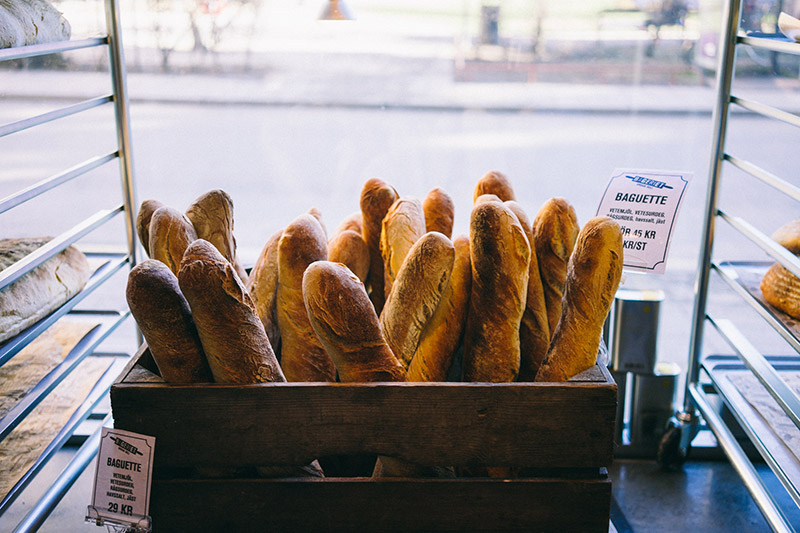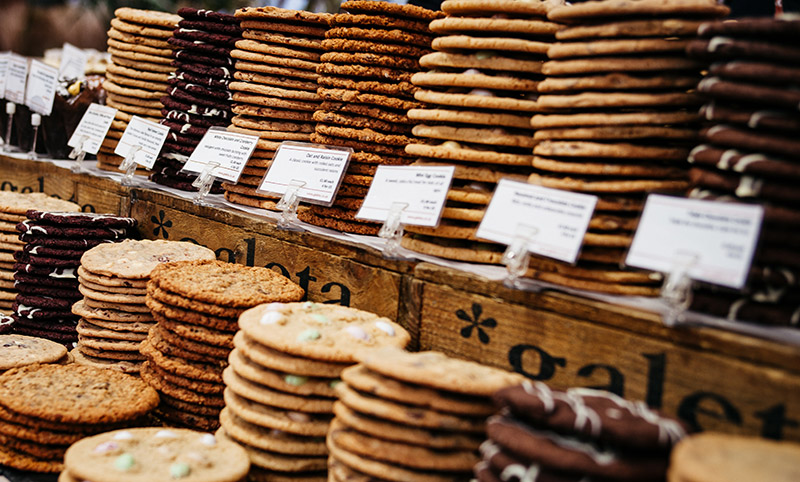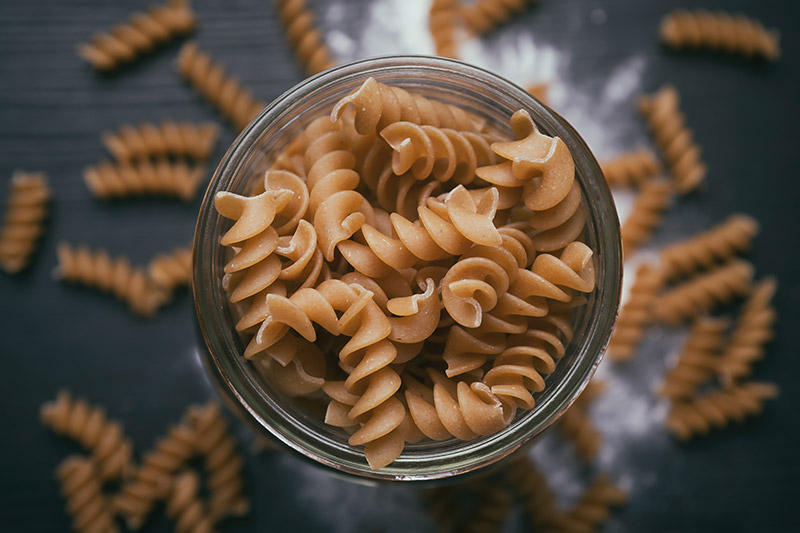
Chances are you’ve already heard a thing or two about gluten — not surprising given that going gluten-free is one of the biggest trends in diet and nutrition nowadays. But do you even know what exactly it means and why it may be problematic? Read on to find out all you need to know!
When I was growing up in Turkey in the 80s, gluten wasn’t exactly a household word. In fact eating was a much simpler affair back then, without any of the head-scratching that is associated with nutrition today. It probably helped that our culinary traditions were still quite intact (which has sadly changed by now). Nowadays nutrition confusion is a very real thing and it’s hard to avoid fearing this or that ingredient, or an entire food group, depending on the headlines du jour.
First let’s define what we’re talking about and then get into what it has going against it.
Gluten is the name of a group of proteins in wheat and a few other grains such as spelt, rye and barley. Depending on where they were grown or processed, oats can have traces of it too. It is what gives baked goods and breads their elasticity (think “glue”), and makes baking such a breeze.
However gluten can also be difficult to digest and damaging to the integrity of the intestinal wall. And why is that such a big deal, you ask? It turns out that our digestive systems are where a huge portion of our immune systems reside, and good gut health is crucial to health and well-being, affecting things as seemingly disparate as clear skin, stable moods, hormonal balance and body composition, to name a few.
Some researchers go so far as to claim that most of us actually cannot properly digest gluten.
Now I can already hear the objections: haven’t we been eating wheat and bread for 1000s of years? Why did we decide all of a sudden that they’re problematic now?
This a good point — people have been eating it bread and other cereal grains for a long time but once we start looking at the question more closely, things don’t seem so straightforward.
First let’s consider the evolutionary perspective: we have only been eating grains with any regularity for about the last 12,000 years or so, since the dawn of agriculture. While that may sound like long time at first, we are genetically not that different from our ancestors. And grains are actually less nutritious than the wild foods that they replaced.
One reason for this is the fact that grains are wrapped in what are called “anti-nutrients”. The main raison d’être for a seed, taxonomically, is to propagate and continue its life. For this it has developed elaborate defenses to make itself less digestible to the animals that eat it so as to come out the other end intact. This means that when we eat grains we can’t necessarily access all the nutrients that they hold as the anti-nutrients may inhibit mineral absorption (this is one reason nutritional labels may be less impressive than they seem!).
Here’s the thing: traditional cultures actually knew this and over the millennia they had developed methods to properly prepare wheat and other grains to make them more digestible, things like soaking, sprouting, fermenting, leavening etc. But unfortunately most modern wheat products are made with refined wheat flour that has not gone through any of these elaborate preparations.

Consider also that the amount of wheat we consume today looks very different to even a few generations ago. Refined flour is ubiquitous in our lives! A typical person may start their day with toast, a bagel, muffin or a croissant, then have a sandwich for lunch, a cookie in the afternoon and a bowl of pasta and dessert with dinner… Wheat is just about everywhere and in addition to being potentially inflammatory for many folks, it also displaces more nutrient-dense options, which is problematic for everyone but particularly for children.
Another important piece of the puzzle is that modern wheat is not the same as what humankind consumed for millennia. The modern wheat crop was hybridized in the 1960s to make it more productive. While this meant that wheat was able to be grown much more plentifully than before it actually became even less nutritious and more irritating to the gut. And to add insult to injury, it also happens to be a crop that is heavily sprayed with pesticides. No bueno!
You may have already heard of celiac disease, which is an autoimmune condition in which gluten severely damages the intestinal lining, causing nutritional deficiencies and other serious complications. Even though many doctors are technically familiar with celiac disease, in many cases it can go undiagnosed for long periods of time, causing serious health problems. But get this: you also don’t have to have celiac disease to be reacting to gluten, as non-celiac gluten sensitivity is also becoming increasingly supported by research (which also suggests that many people may react to other proteins in wheat besides just gluten).

What complicates the picture further is the fact you may have a gluten sensitivity without knowing about it since it can be hard to detect. The symptoms aren’t always digestive in nature; in fact gluten sensitivity is associated with anything from T1 diabetes and osteoporosis to emotional disorders and psoriasis. It is also highly correlated with Hashimoto’s thyroiditis. The best way to find out would be to do an elimination (30 days is a good start) and slow reintroduction, while watching closely for how you feel.
So the bottom line is, even if you don’t have celiac disease, you may still benefit from reducing gluten, or eliminating it from your life. But if you do, make sure that you’re not just replacing gluten grains with gluten-free packaged foods but rather with more nutritious options: real whole foods such as seasonal vegetables, fruit, meat (the whole animal), farm-fresh eggs, wild-caught fish and seafood, good-quality dairy (if tolerated), properly prepared legumes, nuts & seeds, and fermented foods form the foundation for a healthful anti-inflammatory diet. (Here’s a video all about what to eat.)
Do this and you’ll be packing so much more nutrition into your days, which is so important for tired mamas and growing children — if not just about anybody else alive!
If you choose to continue consuming wheat, here are some tips to improve your habit:
There’s an ancient wheat variety called Einkorn that has not been hybridized and has a lower gluten content (it is also called kamut or Khorasan wheat). You can see if you feel better eating this variety — although if you are really sensitive to gluten that may not work either.
Definitely choose organic sourdough leavened bread, and not conventional bread from a regular bakery (they usually use quick-rising baker’s yeast).
Consume less of it and not every day: in other words, treat it like a treat!
BOOK your free discovery call!

